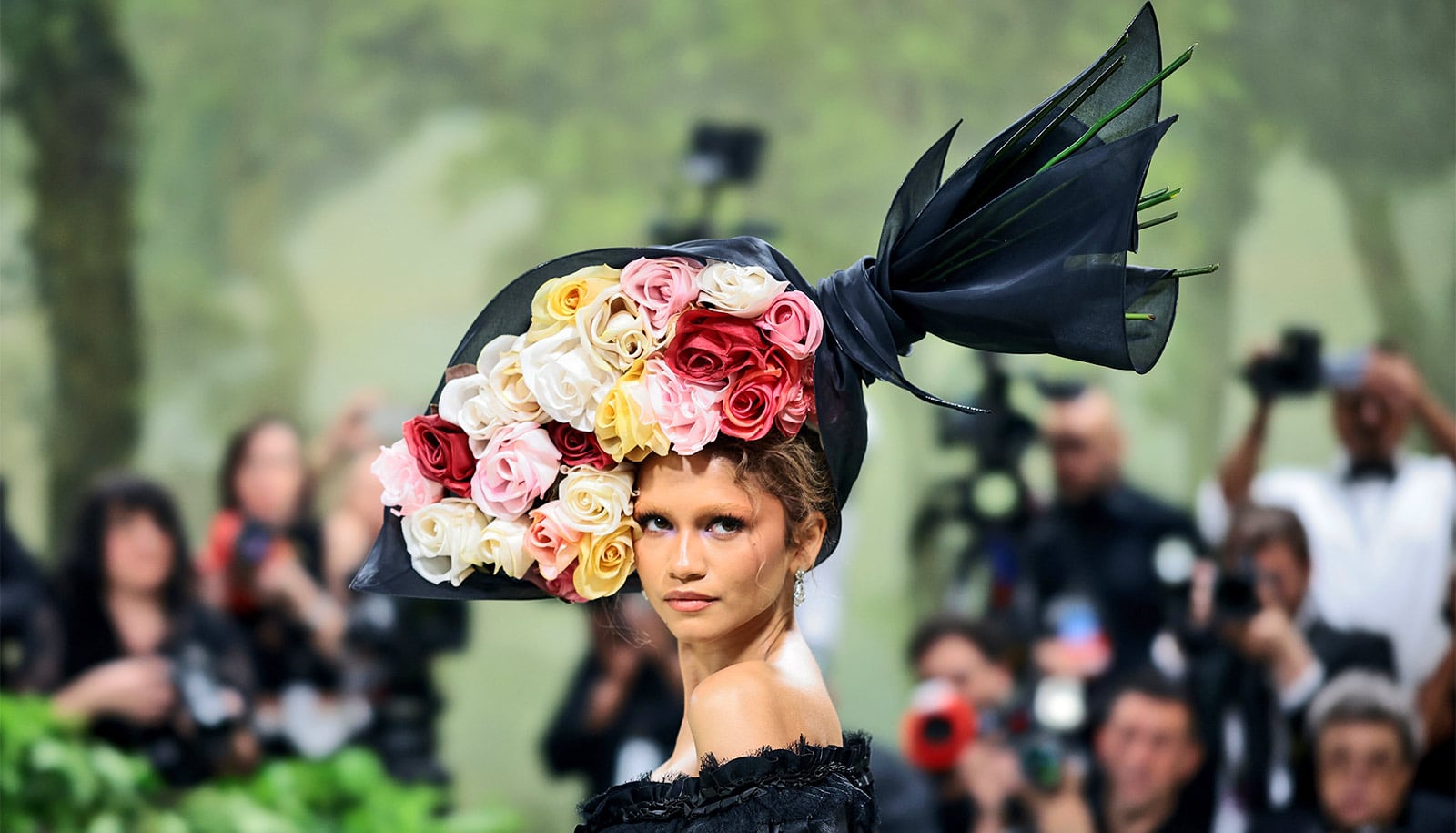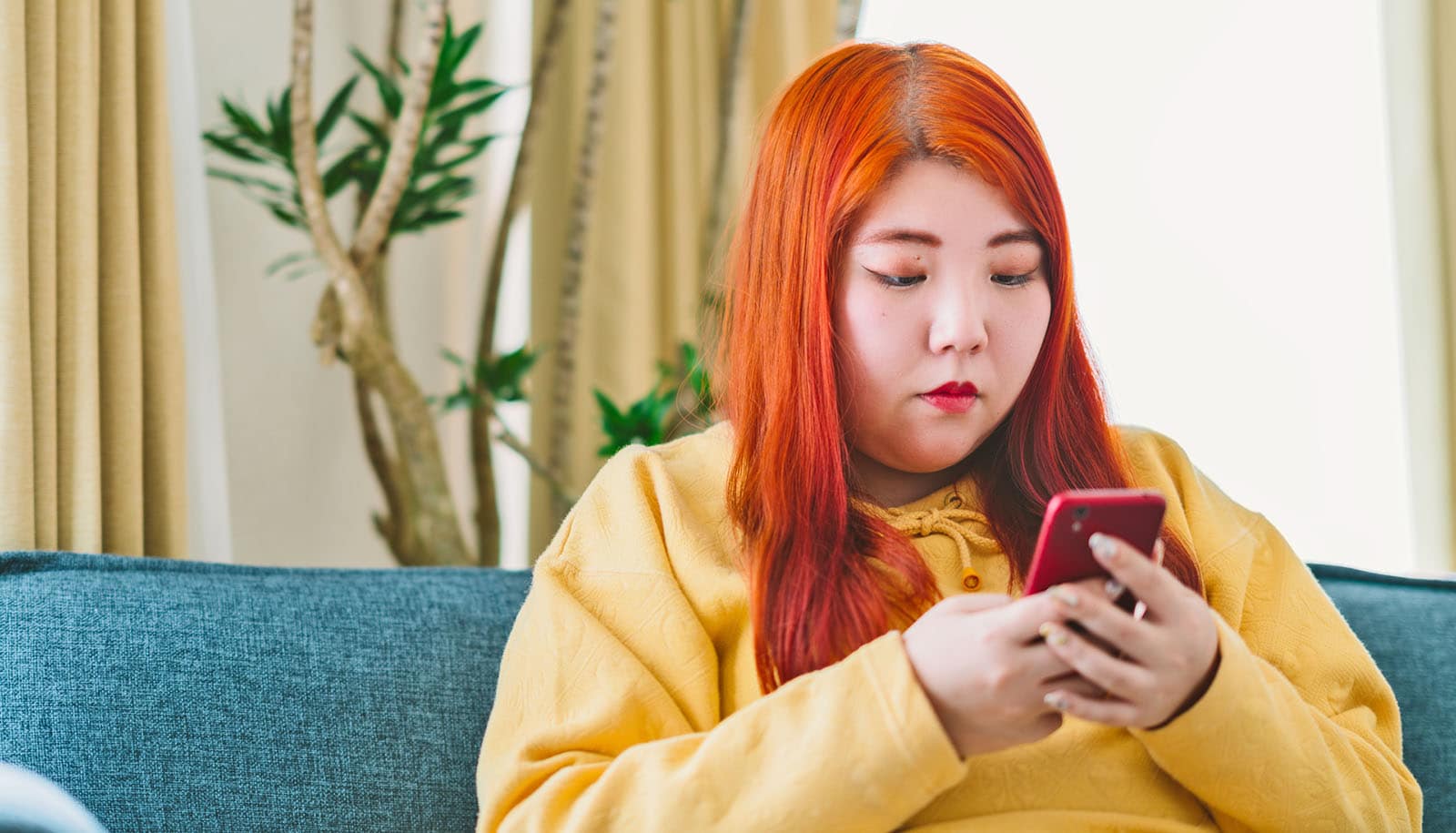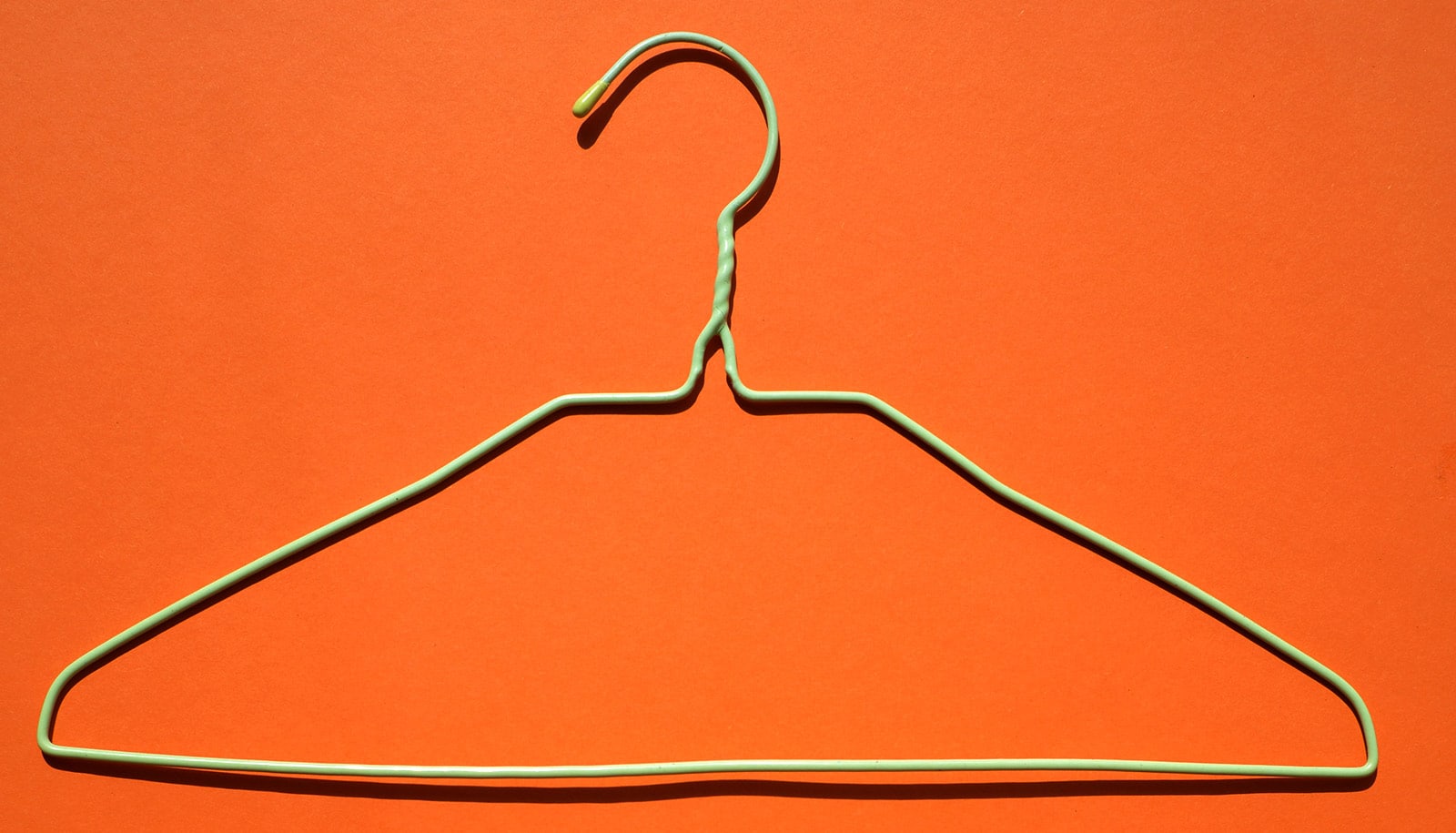An expert in fashion law has answers for you about haute couture and intellectual property ahead of this year’s Met Gala.
One of the most anticipated fashion events of the year, the Met Gala, takes place the first week in May at New York’s Metropolitan Museum of Art.
This year’s theme of “Tailored for You,” focused on suiting and menswear, was selected to complement the Costume Institute’s 2025 exhibition “Superfine: Tailoring Black Style.”
Viewers will gather outside midtown hotels or immerse themselves in online live streams to glimpse—and judge—the sartorial choices of celebrities. Almost every year, controversies arise about copycat outfits, unusual design choices, and men in suits not staying on theme—but winners always emerge with show-stopping designs and eye-grabbing gimmicks.
In advance of this year’s event, NYU School of Law professor Douglas Hand, who teaches a course on fashion law, explains how these outfits are legally protected, the most important copyright issues in high-end fashion, and how students can apply what they learn in a fashion law course:
The Met Gala always features unusual looks. Are these pieces trademarked? How does filing copyright protection for haute couture work?
They do not have automatic trademark protection. If they feature a nonfunctional design that the consumers identify with a single source or designer, then they may be subject to trademark protection. It is difficult to register fashion designs with the Copyright Office because articles of apparel are generally considered “useful articles” and therefore not protected by copyright law. But if there are elements that are conceptually separable from the cut of the apparel, then they may be protected by copyright—for example, Jared Leto’s second head [at the 2019 ‘Notes on Camp’ Met Gala].
Who owns the copyright for these outfits when they are created?
Generally, it is the author/designer of the outfits who owns any copyright to them, but sometimes the designer has an agreement with the party for whom the outfit is designed that the work will be a work-for-hire owned by the commissioning party.
Sometimes at these events celebrities wear outfits that are similar in style—like a suit and cape. Are there ever copyright disputes between fashion designers over particular outfit elements?
Designers often have disputes, but they are rarely litigated for a variety of reasons. First, common design elements may not be copyrighted. But the bigger reason is that US copyright law does not provide robust protection to fashion designers.
How do high end designers deal with look-alike products that are sold by other creators—particularly in the global market?
In countries where design protection is more robust, there are litigations. Also, if the look-alike products copy the trademarked logos or names, then anti-counterfeiting law is implicated and the law is friendly to intellectual property creators. But unfortunately, frequently there is no recourse for designers.
You touched on how unusual it is for fashion-related copyright disputes to be litigated. What are some instances where these issues have been successfully litigated?
Unicolors sued H&M for copyright infringement based on a print design, and it went all the way to the Supreme Court, though on a somewhat different issue of what constitutes fraud in submitting a copyright application.
The biggest issue right now regarding copyright infringement in fashion involves Shein and other fast fashion companies. Shein has been sued in a class action lawsuit in the United States District Court of the Southern District of New York (SDNY) for mining copyrighted images and automatically using those images on its clothes. That was dismissed for lack of jurisdiction, but other companies have also sued Shein.
In other creative fields—like songwriting—sometimes creators who haven’t worked on a piece but who have inspired others or who have similar elements in their work are given attribution or paid royalties. How does that system work in fashion law?
It is not a common situation in fashion law, but it happens in a few situations. Sometimes one design uses patented elements, such as a Velcro® closure or something similar, and then pays royalties for the use. Other times, brands will work together—for example Todd Snyder’s collaboration with the NBA or John Varvatos’ work with Converse—and they will share revenue on the project or one of the contributors will receive a flat fee.
You teach a fashion law course at NYU School of Law. What is fashion law, and what do you discuss in your class?
Fashion law constitutes multiple areas of law as they impact the industry of fashion. Intellectual property is an obvious area, but also relevant are corporate law, licensing, advertising law, employment law, and even antitrust. Moreover, there is a pending body of fashion-specific laws—most currently bills—seeking to address fashion’s fraught relationship with environmental sustainability and labor practices.
Do most students in this class go on to legal careers in the cultural arts, or can they use this knowledge for other types of legal work?
The course draws a wide variety of students. They go on to many different types of legal careers. But as an adjunct professor, one of the things I try to stress is that if they want a career in the cultural arts, a legal education and acknowledgement of a lot of the principles we learn in my Fashion Law course will serve them well in those fields.
Source: NYU



